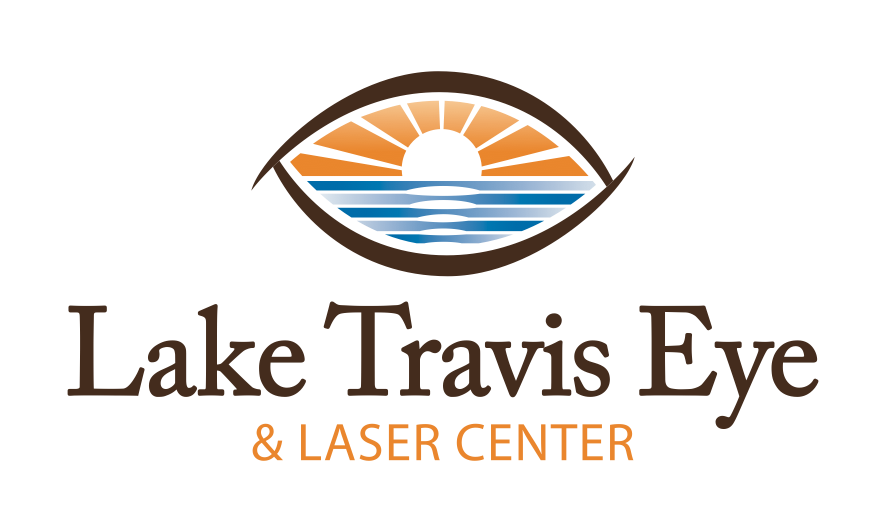
CATARACTS
What are Cataracts?
Every normal human eye contains a crystalline lens that helps the eye to focus images, much like the lens inside a camera that brings images into focus on the film. When we are born, this lens is made up of clear proteins.
Over time with the normal aging process, and with environmental factors such as UV light, poor nutrition, or smoking, the lens becomes cloudy. This clouding of the normal crystalline lens is irreversible, and is called a cataract. As the cataract becomes more densely clouded, the lens progressively scatters more light and results in poor vision.
Risk Factors
Advancing age
Hereditary
Chronic steroid use
Diabetes
Radiation and chemotherapy
Symptoms
Glare
Halos
Blurry vision
Difficulty driving at night and difficulty seeing road signs
Loss of color perception
Loss of contrast sensitivity
Light sensitivity
Sometimes patients are asymptomatic and are surprised to find out that they have cataracts!
Diagnosis
Cataracts can only be diagnosed through a visit to an eye doctor, where they will use a specialized instrument called a slit lamp to evaluate the eye. A slit lamp is a microscope used to examine both the inner and the outer tissues of the eye.
